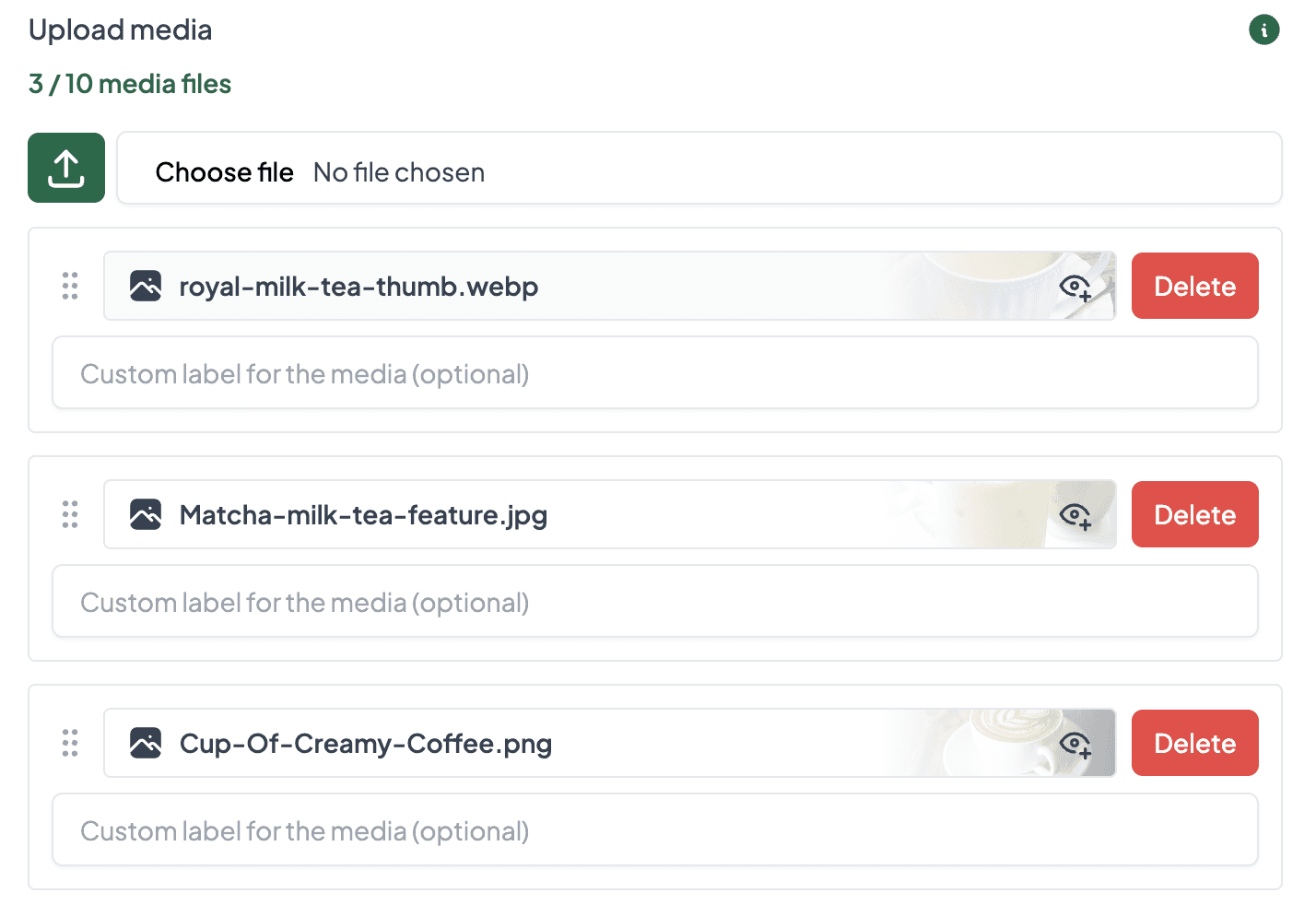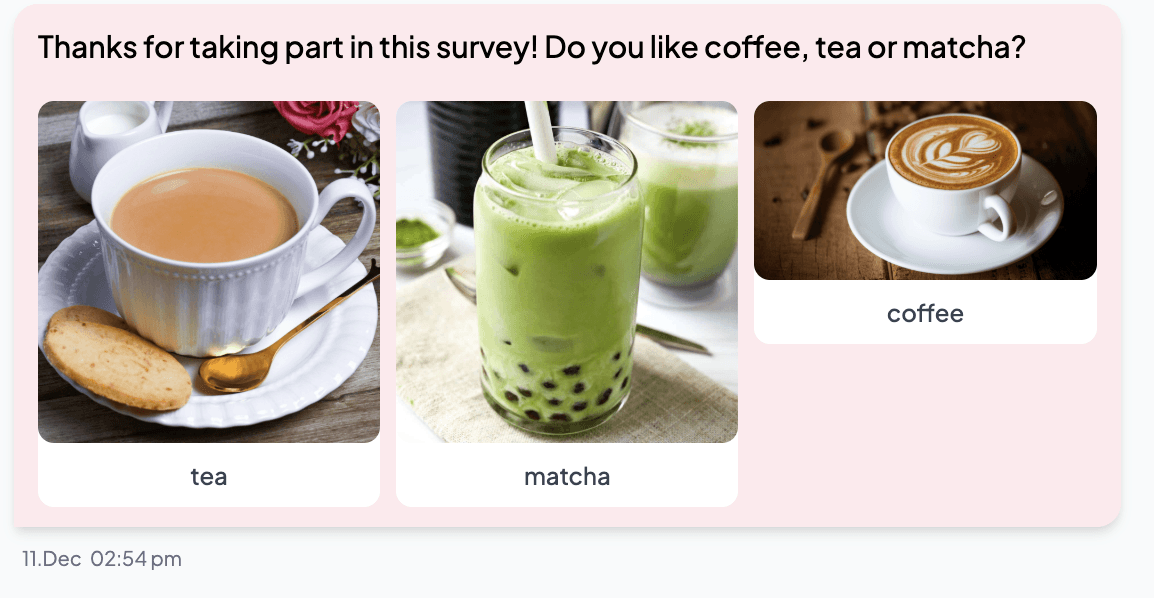Search Docs…
Create Your Discussion Guide
Overview
This guide walks you through designing an AI-moderated discussion in Tellet—from writing scripted questions to setting tone, response modes, and branding. You'll also find best practices and examples to help you create interviews that feel natural and deliver rich insights.
Step 1: Create a new interview
In your Tellet workspace, click Create a new Tellet.
Choose Create from scratch.
You'll see three main tabs:
Design → Build your interview.
Share → Distribute to participants or panels.
Results → View analysis and insights.
Focus first on the Design tab.
Step 2: Define your interview basics
Fill in these key fields to set the foundation for your interview:
Response types
Choose one or more: Voice, Video, Image, or Text.
Best practice: Always include Voice for richer, natural insights.
AI interviewer name
Give your AI a name (e.g., "Riley", "Noah").
Best practice: Makes the interview more personal.
Company or brand name
This appears to participants.
Best practice: Use your full company name or simply your sector.
Research objective
One-line summary of what you're exploring.
Best practice: Keep it high-level; use probing guides for detail.
Interview audience
Describe who will take part.
Example: "Adults 18+ in the UK who purchased Brand X."
Language settings
Choose the primary and analysis language.
Best practice: You can allow participants to select their language.
Privacy policy link
Add your company's privacy policy URL.
Note: Tellet acts as Processor; your company is Controller.
Tone of voice
Select how your AI speaks: Friendly, Formal, Neutral, Empathetic, or Challenging.
Best practice: Most clients use Friendly.
Custom branding
Apply your brand colors, logo, and background.
Best practice: Optional—enhances trust and consistency.
Step 3: Add screening questions (optional)
Use screeners to ensure only qualified respondents join.
How to add:
Scroll to Section 3: Screening Questions.
Click Add Screener Question.
Choose the type—Multi-select, Single-select, or Numeric.
Define qualifying answers.
Example:
"Which of the following brands have you purchased in the past 6 months?" (Brand A, Brand B, Brand C).
Tip: Randomize answer order to avoid bias.
Step 4: Write scripted questions
You can include up to 20 scripted questions.
Each scripted question can have up to 3 AI probing questions.
Write clear, open-ended questions that encourage reflection.
Example:
"Tell me about your experience using [product]. What stood out most?"
Need inspiration? Check out our Example Discussion Guide document for a ready-to-use template you can adapt for your research needs.
Step 5: Enable randomization (optional)
Randomization allows to prevent order biases and skewed results.
Randomization can be enabled:
On all questions: If you would like to randomize all questions in your discussion guide. You can do that my clicking on "Randomize questions" toggle.

(Most common) On specific questions: For example, if you only would like to randomize questions about platform experience but leave the intro questions in the same order. To do this, you need to create two different groups and then enable the randomization toggle on that specific group level.

On group level: If you would like to randomize the groups of questions as well.

Step 6: Add stimuli
Tellet supports multiple media formats to make interviews engaging:
Video: Max 10 minutes (ads, demos, prototypes).
Image: Concepts, packaging, storyboards.
Audio: Voiceovers, jingles, sound effects.
PDF: Product briefs or creative decks.
You can add up to 10 stimuli under each question. You can also add a label to the stimuli (note: label will be visible to the respondents too).


Step 7: Test before launch
Use the Sandbox Link (found in the Share tab) to preview your interview.
Test flow, tone, and timing.
Verify stimuli display correctly.
Note: Sandbox data is not saved or analyzed—it's purely for internal testing.
Best practices
Limit to 10–20 questions for ideal length (~20 minutes).
1–2 AI probes per question are usually sufficient.
Match the AI tone to your audience (e.g., Empathetic for health topics).
Preview in sandbox to check the flow before sharing.
Need help?
Have questions about crafting the perfect discussion guide? Check out our Example Discussion Guide for a template, or reach out to your Tellet contact for support.